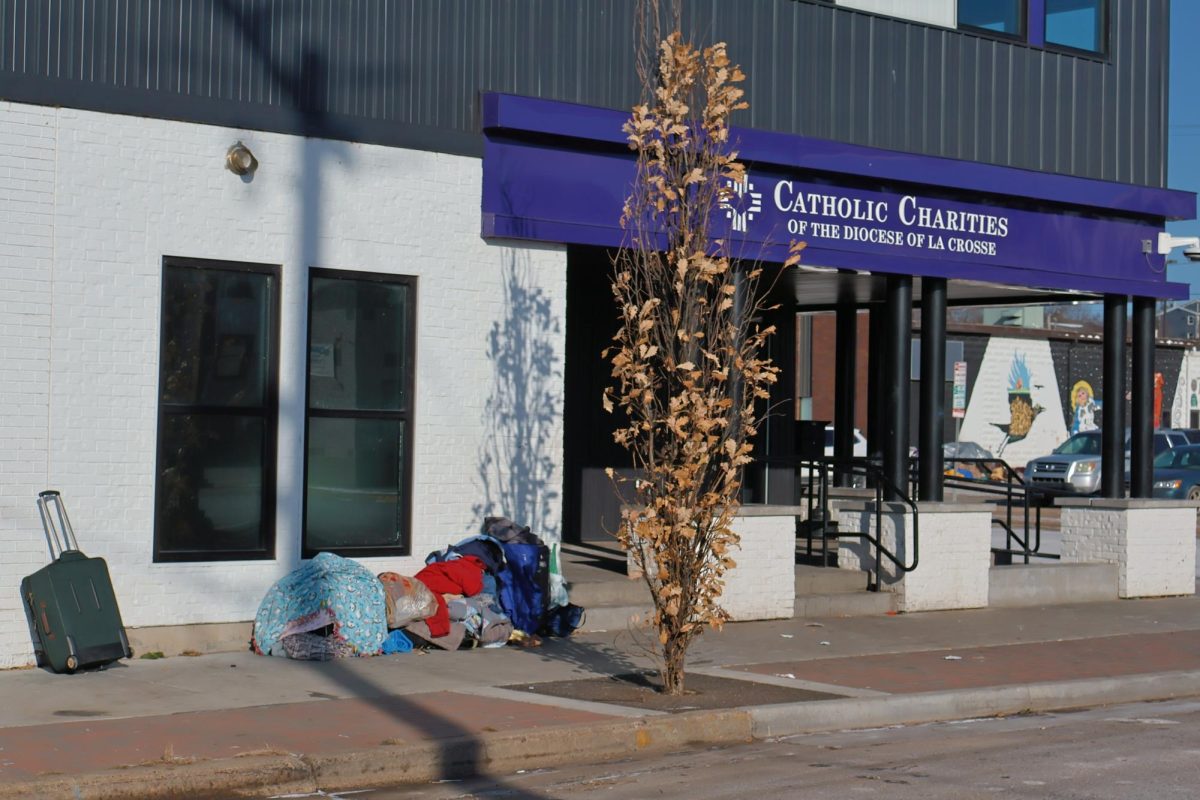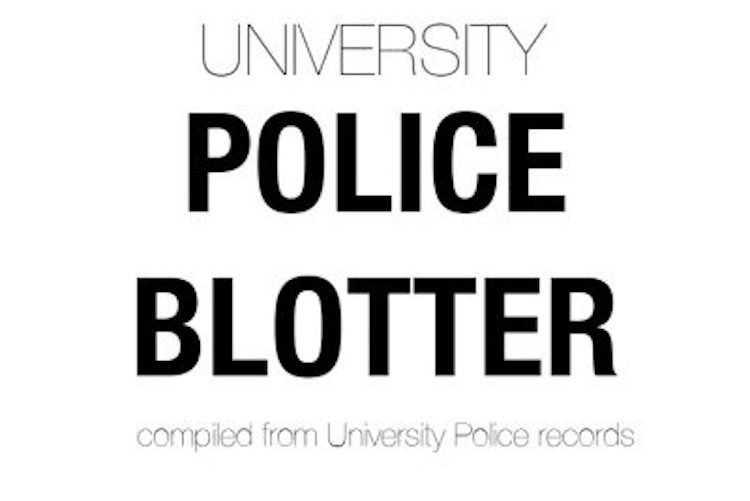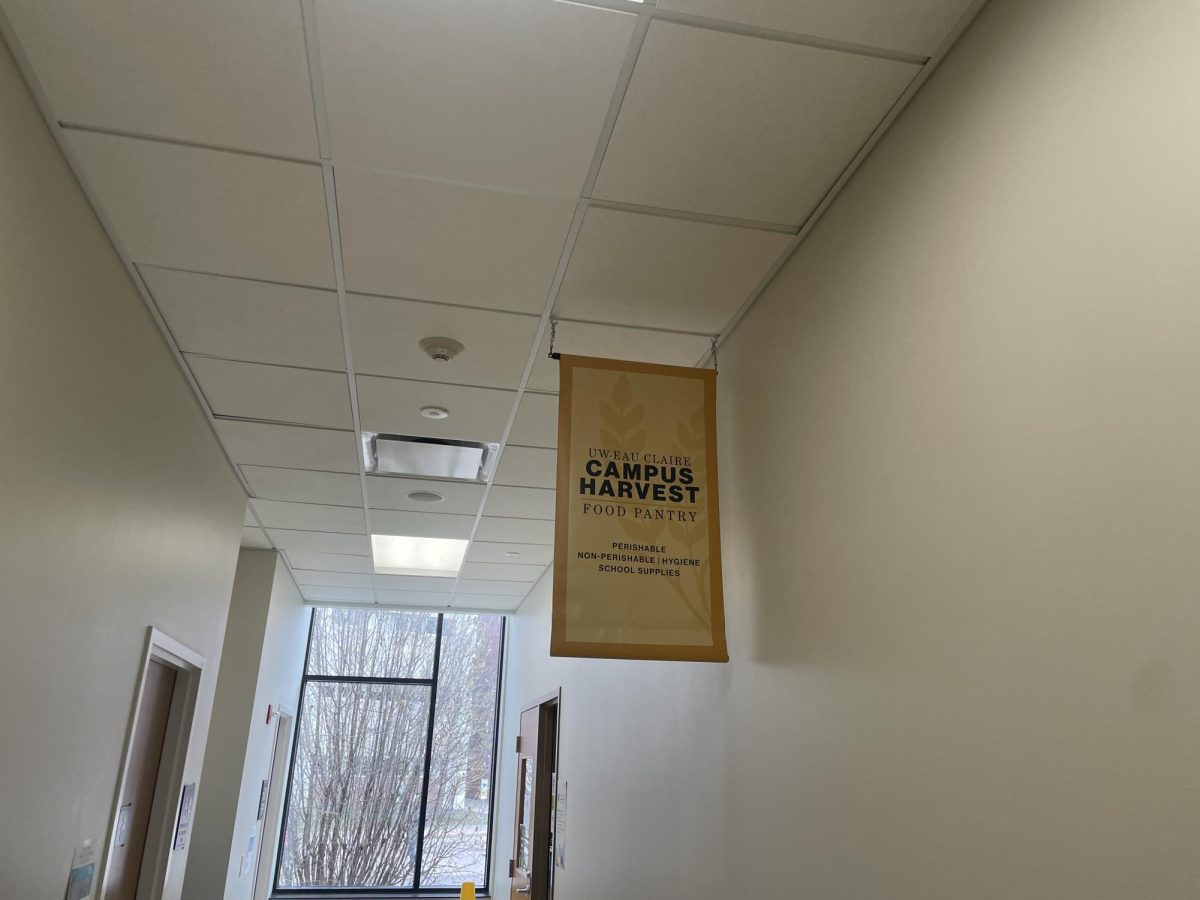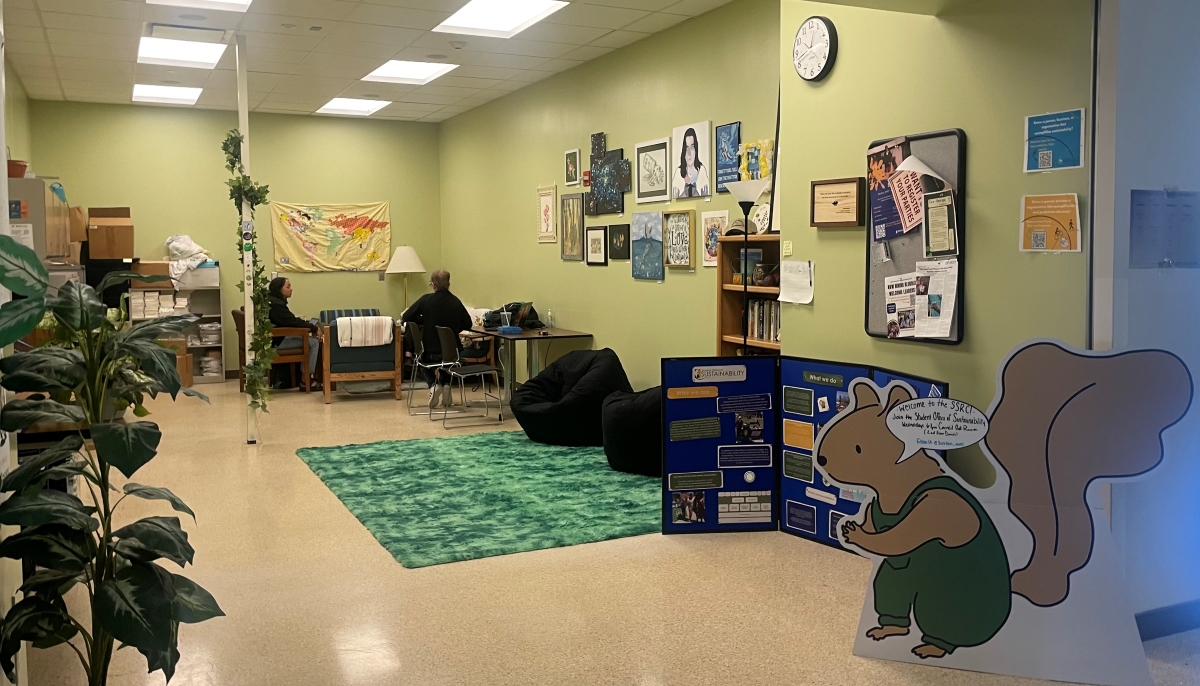Paying for tuition is something every college student has in common.
Sophomore Christopher Schasse said he thinks tuition is too high and a raise in tuition would be too much. He also said he couldn’t afford school without Pell grants. “Paying $8,000 a year for school is ridiculous to me,” Schasse said. “If I was paying for school, these tuition increases would be too much for me.”
Junior Tony Dedie pays for college by working and collecting financial aid. He understands how some may be frustrated by tuition, but that he deems even a raise to be worth it.
“If you’re worried about it, go to a school that costs less,” Dedie said.
Earlier this summer, the base resident tuition rate was raised 5.5 percent for all UW System schools earlier in the summer. This amounts to an increase of about $311 for Blugolds for the school year, according to Assistant Chancellor for Budget and Finance David Gessner.
This is the fifth consecutive year that tuition has risen 5.5 percent, according to a System press release. The tuition can only be raised a maximum of 5.5 percent because Gov. Scott Walker’s budget bill does not allow it to be raised any higher.
With that being said, Gessner said even without that limit, tuition would have been raised within reason. “It wouldn’t have done us any good to raise our tuition by 10 percent if our enrollment drops by 2000 students.”
Gessner said that about $2.12 million of this additional money will be used to help plug the $5.08-million in state support that Eau Claire lost. The remainder of the new tuition money will be used to help pay for what is called ‘cost to continue.’
This encompasses “fringe benefit and minor compensation adjustments from the past couple of years, plus utility adjustments, and numerous other small factors,” Gessner said. Cost to continue is something that needs to be factored into each budget, though it is lower this year because faculty and staff need to pay more into their benefits now.
Raises in tuition are commonplace, Gessner said, and have risen each year for several decades to help cover things such as cost to continue, and he predicts that it will rise by another 5.5
percent again next year.
State funding for the System has decreased over the years, Gessner said. Around 20 years ago, only 35 percent of the budget was covered by tuition, and the rest was paid for with state help.
“Now there’s about 40 percent state and 60 percent tuition,” he said. “So they have almost flip-flopped.”
Without the additional tuition, Gessner said that the university would have to look to other areas to balance the budget.
“If our tuition offset is lower, then we have to reduce our expenses that much more.”
Senior Raechel Schink, who pays for college with financial aid and help from her grandparents, is understanding of the need for the tuition rise, but she still isn’t fully content about it.
“As it is right now, it’s hard to pay out of pocket.”






